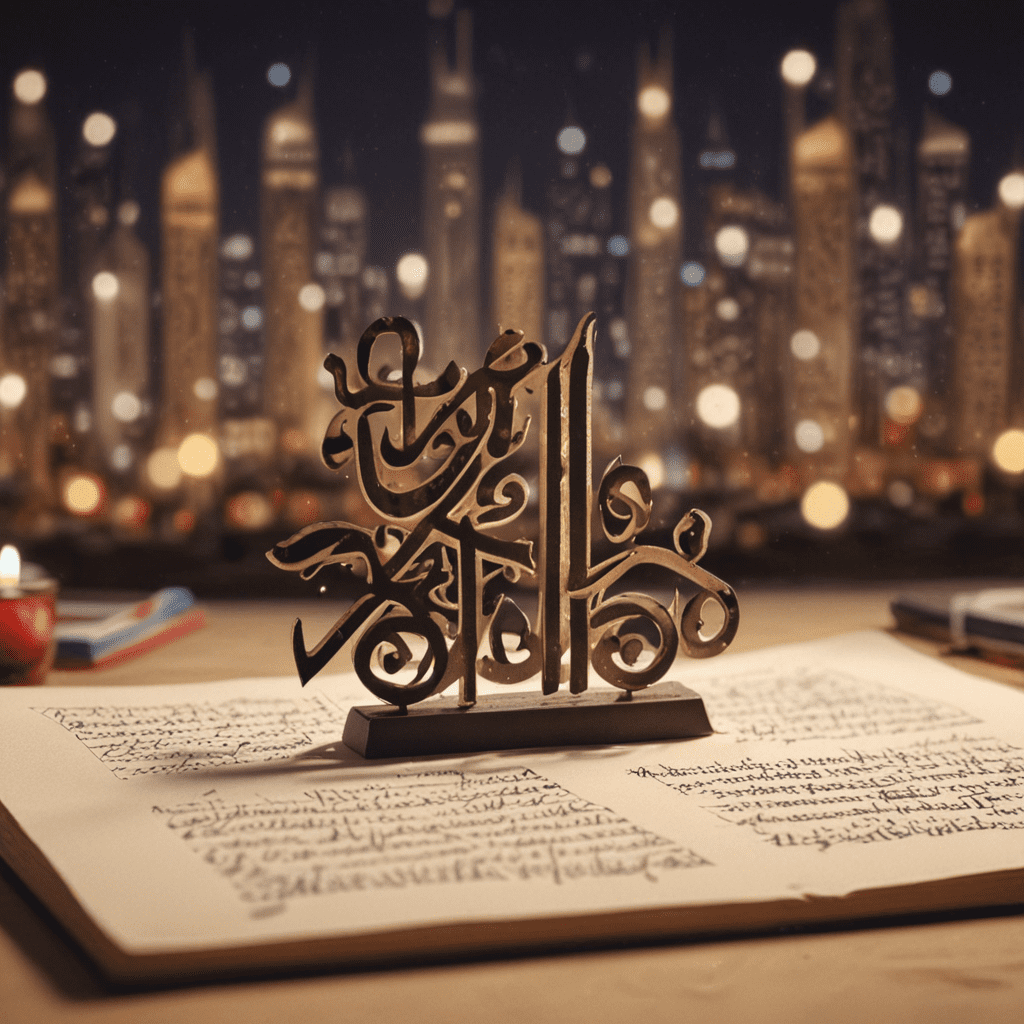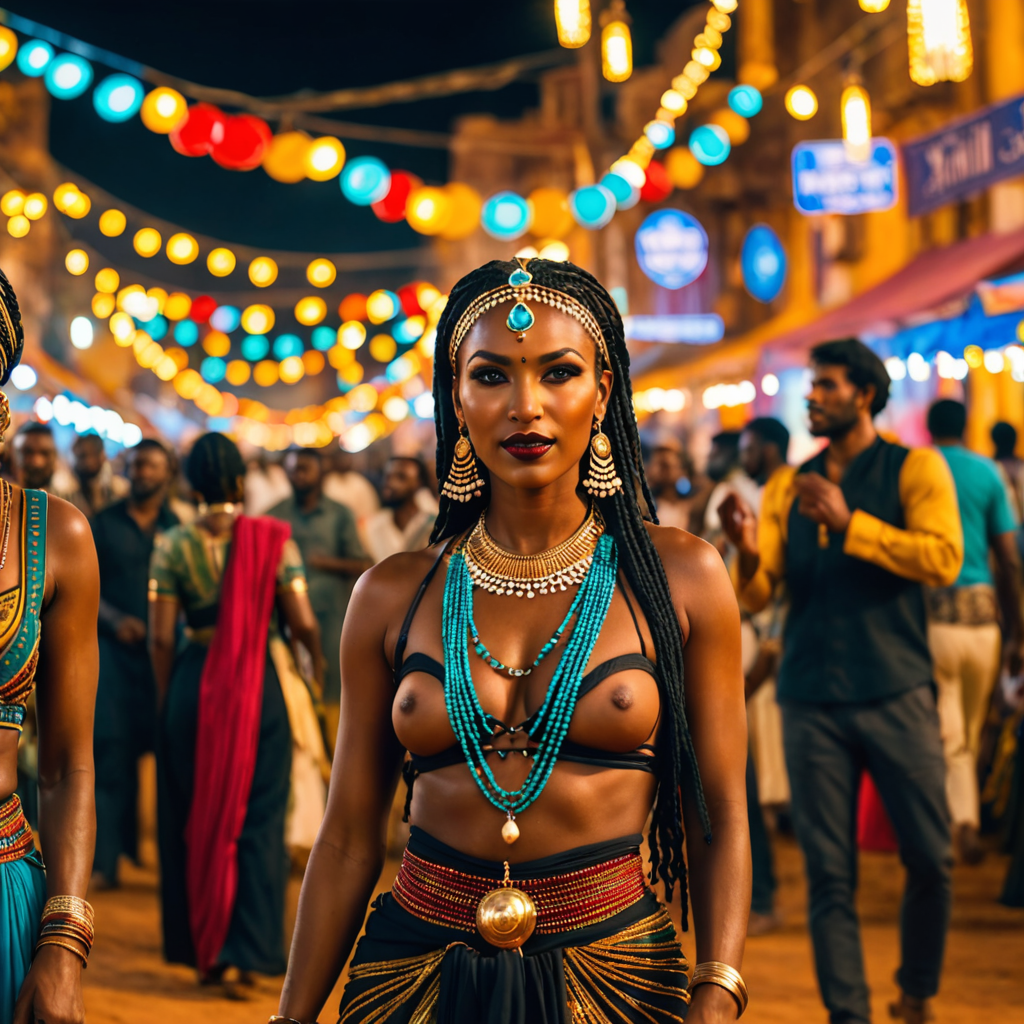
Bahrain’s Traditional Calligraphy and Manuscript Art
Introduction
Bahrain, a nation steeped in rich cultural heritage, boasts a flourishing tradition of calligraphy and manuscript art. This ancient art form has played a pivotal role in shaping the nation's cultural identity and preserving its intellectual legacy. The exquisite beauty and intricate craftsmanship of Bahraini calligraphy and manuscripts have earned them widespread recognition and admiration, both within the region and beyond.
The Origins of Bahraini Calligraphy
The origins of Bahraini calligraphy can be traced back to the pre-Islamic era, when the region was influenced by the calligraphic traditions of neighboring civilizations, such as those of Mesopotamia and Persia. With the advent of Islam in the 7th century, Arabic calligraphy gained prominence in Bahrain as a means of preserving and transmitting religious texts.
The Development of Manuscript Art in Bahrain
The development of manuscript art in Bahrain flourished during the Islamic period, particularly during the Abbasid Caliphate (750-1258). During this time, Bahrain became a major center of Islamic scholarship and learning, attracting renowned calligraphers and illuminators from across the region. The production of illuminated manuscripts, which combined exquisite calligraphy with intricate decorative elements, reached its peak during this period.
The Golden Age of Calligraphy
The 19th century marked the golden age of Bahraini calligraphy, with the emergence of several master calligraphers who pushed the boundaries of the art form. Mirza Amani, a renowned calligrapher from Shiraz, settled in Bahrain and introduced new styles and techniques that profoundly influenced the development of Bahraini calligraphy. This period also witnessed the flourishing of manuscript production, with the creation of some of the finest examples of Islamic art in the region.
Bahraini Calligraphic Styles
Bahraini calligraphers have developed a distinct style that incorporates elements from various calligraphic traditions, including Kufic, Naskh, Thuluth, and Ruq'a. The Bahraini style is characterized by its fluidity, elegance, and attention to detail. Bahraini calligraphers have also developed specialized styles for specific purposes, such as the "Diwani" style used for official documents and the "Muhaqqaq" style used for religious texts.
Manuscript Production Techniques
Bahraini manuscript production techniques are a testament to the skill and artistry of the region's scribes and illuminators. The process involved meticulous preparation of the paper or parchment, using traditional methods to create a smooth and durable surface. The scribe would then carefully transcribe the text, using a reed pen and ink made from natural pigments. Illuminators would enhance the manuscripts with intricate decorations, such as geometric patterns, floral motifs, and gold leaf.
The Role of Calligraphy in Bahraini Culture
Calligraphy has played a vital role in Bahraini culture throughout history. It has been used to adorn mosques, palaces, and other public buildings, as well as personal belongings and religious texts. Calligraphic inscriptions can be found on everything from coins and stamps to pottery and jewelry. Calligraphy has also been used to preserve and transmit knowledge, with Bahraini scholars and poets using it to record their works.
Contemporary Bahraini Calligraphy
Contemporary Bahraini calligraphers continue to draw inspiration from traditional styles while also experimenting with new techniques and materials. They are incorporating calligraphy into contemporary art forms, such as painting, sculpture, and digital art. Bahraini calligraphy is also being used in design and advertising, adding a touch of elegance and cultural heritage to modern products and campaigns.
Preservation and Revitalization of the Art
Recognizing the importance of preserving and revitalizing the art of calligraphy, Bahrain has established several initiatives to support calligraphers and promote the study of the art form. The Bahrain National Museum houses a collection of rare and valuable manuscripts, while the Calligraphy Society of Bahrain organizes workshops, exhibitions, and competitions to encourage young people to learn and appreciate calligraphy.
FAQ
What is the difference between calligraphy and manuscript art?
Calligraphy is the art of beautiful writing, while manuscript art refers to the production of handwritten books or scrolls.What are the different types of calligraphic styles used in Bahrain?
Bahraini calligraphers use a variety of styles, including Kufic, Naskh, Thuluth, Ruq'a, Diwani, and Muhaqqaq.How is Bahraini calligraphy used in contemporary art?
Contemporary Bahraini calligraphers are incorporating calligraphy into painting, sculpture, digital art, and other art forms.
- What is being done to preserve and revitalize the art of calligraphy in Bahrain?
Bahrain has established several initiatives to support calligraphers and promote the study of the art form, including the Bahrain National Museum and the Calligraphy Society of Bahrain.


